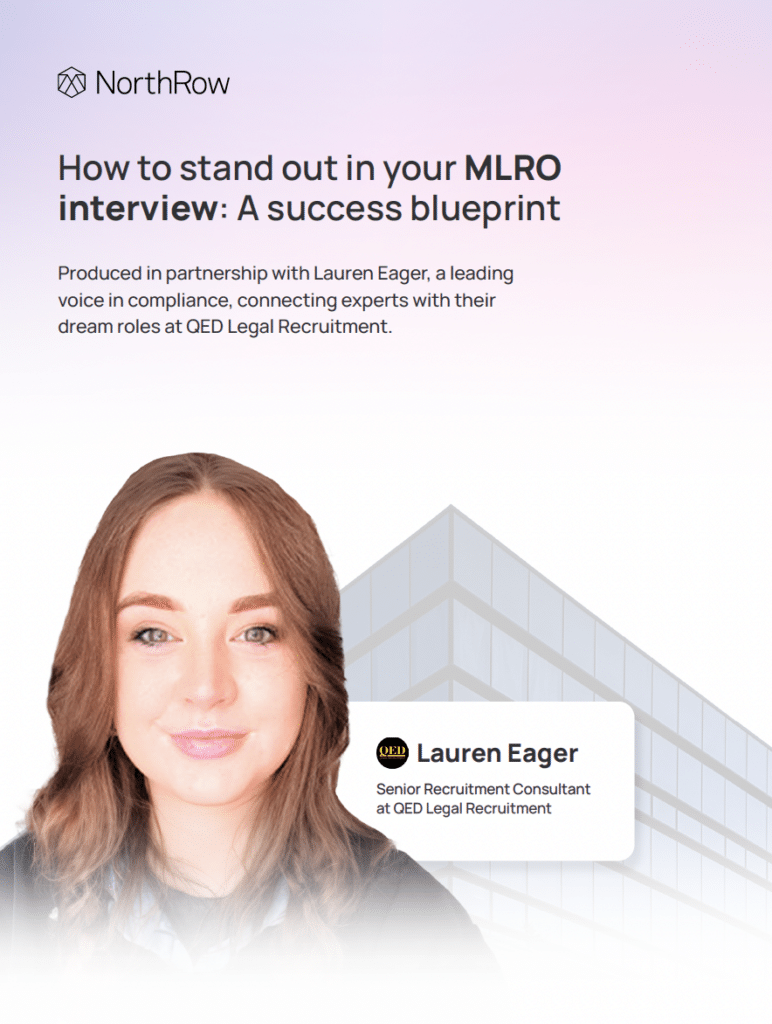Hidden ownership structures can create serious challenges for regulated firms, especially in industries where transparency is non-negotiable. These arrangements are often carefully crafted to hide illicit activities, muddying the waters for compliance teams and regulators alike. Not only does this create a major compliance challenge, but it can also expose firms to substantial risk.
In this article, we take a look at ten indicators of hidden ownership to watch out for, why they matter, and what compliance teams can do to address them.
1. Unusual corporate structures
If a company has a maze of subsidiaries, offshore entities, or holdings in multiple jurisdictions, it’s worth taking a closer look. While these structures can be legitimate, they’re often used to obscure who’s really in control. Complex ownership arrangements make it harder to track ownership and can be used to conceal illicit activities.
What compliance teams can do:
When performing customer due diligence (CDD), ask for detailed ownership structures and make sure each layer is clearly documented. Pay special attention to ownership chains that include jurisdictions with weak regulatory oversight or secrecy laws. Use KYB (Know Your Business) tools to dig deeper into these complex corporate entities and identify the ultimate beneficial owners (UBOs).
3 ways complex corporate structures are used to obscure true ownership
2. Frequent changes in ownership
Companies that change ownership frequently, especially in a short period of time, can be trying to cover something up. While ownership changes happen for many reasons, sudden and unexplained shifts might be a strategy to hide the true beneficial owners.
What compliance teams can do:
Take note of the timing and circumstances of ownership changes. Are these changes linked to significant corporate events like mergers or acquisitions? If something doesn’t seem right, ask more questions of your client and dig deeper into the new owners in order to verify their legitimacy.
3. Lack of transparency in beneficial ownership
A lack of transparency in beneficial ownership information is a red flag that a business might be hiding its true ownership. This is especially the case in structures where the legal owner is not the same as the person who ultimately controls the company. In these situations, businesses can use various tactics to obscure the beneficial owner, such as using layers of trust arrangements or proxy owners.
What compliance teams can do:
Request full details of the ownership structure and ensure that the beneficial owners are clearly identified when carrying out CDD. If beneficial ownership cannot be immediately verified, ask for additional information or documentation to confirm their identity. It is also worth cross-referencing information with public registers and third-party verification services for complete peace of mind that everything is above board.

4. Using nominee shareholders or directors
Nominee arrangements, where individuals act as directors or shareholders on behalf of someone else, can be used to obscure the true ownership of a company. While nominees are legal and often used for privacy or confidentiality reasons, they are also commonly exploited to hide illicit ownership. In these cases, the nominee may be listed as the shareholder or director, while the actual controlling party remains undisclosed.
What compliance teams can do:
When you come across nominee arrangements, take extra care to verify the identity of the true owners. The nominee should be transparent about their role and disclose the names of the beneficial owners they represent. If the nominee is unwilling to provide this information, that should raise concerns.
To verify the true ownership structure, request documentation that proves the nominee’s relationship to the beneficial owners. This could include signed declarations or contracts that clearly state the nominee’s duties and the identity of the ultimate beneficial owners.
5. Inconsistent or false documentation
Inconsistent or false documentation is one of the most obvious indicators of hidden ownership. This may involve falsified ownership records, false identification documents, or inconsistencies between what a company reports and the reality of its ownership structure. If the provided documents do not match up, it’s likely that someone is attempting to hide the true owners.
What compliance teams can do:
When reviewing documents provided by clients, cross-check them with trusted third-party sources that offer reliable and up-to-date access to global ownership records.. Verify the authenticity of corporate records and shareholder documents through government or regulatory bodies. Any discrepancies or red flags should be escalated, and further documentation such as audited financial statements or shareholder agreements should be requested to fill in gaps when public data is unclear.
The 7-step blueprint to UBO transparency
6. Reluctance to provide information or refusal to cooperate
A key sign of hidden ownership is a client’s reluctance to share information or their refusal to cooperate with due diligence processes. If a client is evasive, avoids answering questions, or is unwilling to provide necessary documents or explanations, it’s likely they are trying to hide the true ownership of the business.
What compliance teams can do:
If a client appears uncooperative or evasive, it’s important to treat this as a significant red flag. Start by flagging the client for enhanced due diligence (EDD). This might include verifying their identity through independent third-party sources, analysing their risk profile for irregularities, or investigating their business relationships and geographic connections for links to high-risk jurisdictions. These additional steps can help uncover hidden risks or patterns of concealment.
7. Use of offshore entities
Companies registered in offshore jurisdictions with relaxed AML regulations can be a red flag. Offshore jurisdictions can act as a shield for criminal organisations, offering anonymity and reducing accountability. What’s more, companies may also use these jurisdictions to form shell companies that exist primarily to hide the true ownership of assets, making it difficult for regulatory authorities to trace financial flows.
What compliance teams can do:
While offshore structures aren’t inherently suspicious, firms must carry out EDD on customers with ties to offshore entities. This includes understanding the jurisdiction’s regulatory environment, reviewing the purpose of the offshore entity, and verifying the identity of all individuals involved in the ownership chain.
8. Unusual ownership percentages
AML regulations typically require stricter checks for ownership above certain thresholds. Ownership stakes just below these thresholds (e.g. 24.9% instead of 25%) can indicate attempts to avoid reporting requirements. These small percentages might seem harmless but, when combined, they can indicate larger patterns of concealment.
What compliance teams can do:
Examine the ownership percentages closely and see if the distribution makes sense in the context of the business. If you notice irregularities or patterns that seem out of place, take the time to investigate further and ensure control is aligned with the shareholding structure.
9. The use of holding companies
Holding companies are commonly used to consolidate ownership of multiple entities, but they can also serve as a tool for hiding the true ownership of a business. A holding company might own several subsidiaries or assets that are used to distance the beneficial owners from the actual operations of the business. While holding companies are a legitimate part of business structures, their complexity can be exploited to mask the real ownership, especially when they operate in multiple jurisdictions with different regulatory standards.
What compliance teams can do:
Scrutinise the role of holding companies within the broader business structure. Make sure the holding company’s purpose is legitimate, such as managing a group of companies or overseeing investments.
In addition, ensure that the holding company is fully transparent in terms of who is holding the reins. A legitimate holding company will have clearly defined directors and beneficial owners, whose identities should be easy to trace. If ownership becomes too spread out across numerous layers, further investigation is necessary to establish the true beneficial owners.
10. Unexplained partnerships or investors
Another way that ownership can be obscured is through the use of unexpected partnerships or investors. Sometimes, companies will partner with individuals or entities whose involvement doesn’t seem to make sense. These investors might hold significant stakes in the company, but their involvement is unclear or doesn’t align with the business’ needs, raising the possibility that they’re acting as fronts for hidden ownership.
What compliance teams can do:
Investigate any partnerships or investors whose involvement in the company is unclear or doesn’t seem to serve a genuine business purpose. Ask for full disclosure on the nature of the partnership and the specific role each investor plays. If the partnership or investment does not align with the company’s business model or financial strategy, it’s worth considering whether this is a deliberate attempt to hide ownership.
Additionally, cross-reference these investors with public records or third-party databases to confirm their legitimacy. Ensure that these partnerships are legitimate and not simply a means to conceal the true ownership of the company. Unusual or opaque investors should always trigger a more detailed review to confirm they are not acting as a front for undisclosed ownership.







